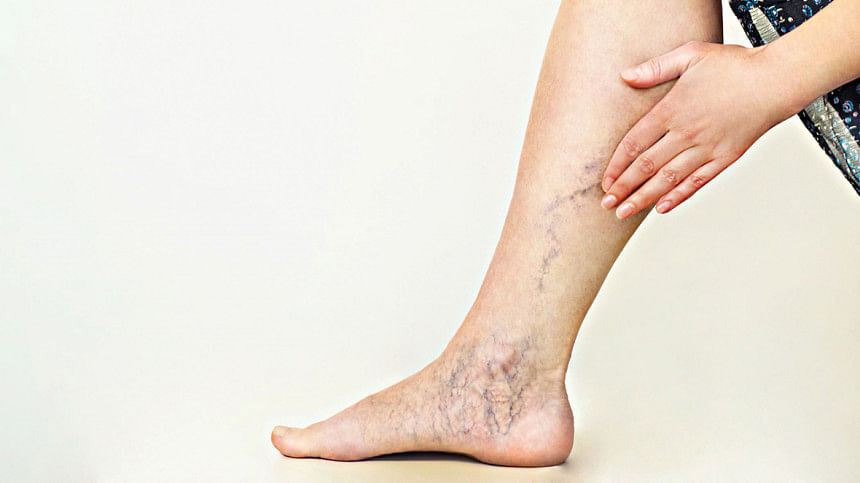An insight into peripheral artery disease

Peripheral artery disease (PAD) causes blood vessels to narrow due to plaque formation. This slows blood flow to limbs. PAD most commonly affects your legs.
The most common symptom is walking leg pain (claudication). Your legs are heavy, numb, weak, or exhausted. The ache eases with rest. You may have no or minor symptoms until your arteries are more than halfway restricted by plaque. As the illness worsens, you may experience scorching or agony even during rest. Your feet may be chilly, glossy, or change colour. Leg hair growth may halt. Feet or toe sores may not heal.
Men with PAD may develop erectile dysfunction (ED). Leg cramps or tired, heavy legs are often misdiagnosed. Your doctor may diagnose your discomfort as arthritis, general muscular aches, or ageing.
PAD is typically missed until symptoms worsen. Atherosclerosis (a build-up of fat inside arteries) is the leading cause. Plaque formed from fatty deposits can restrict arteries. This hinders blood flow to your legs. Less prevalent PAD causes include blood vessel inflammation, limb trauma, and radiation exposure.
Some manageable factors increase PAD risk. These include smoking, obesity, hypertension, cholesterol, and diabetes. You cannot control other risks. They include being over 60, kidney illness, a family history of heart disease, and high homocysteine levels.
PAD might worsen if neglected. A foot sore can cause gangrene and limb loss. PAD causes plaque build-up in other arteries. This raises the chance of heart attack, stroke, transient ischemic attack or kidney difficulties.
A diagnosis begins with a physical exam, blood testing, and assessment of symptoms, such as walking pain or foot sores. Leg arteries have a weaker pulse than arms. Ultrasounds can detect constricted or obstructed lower-limb arteries. An ankle-brachial index (ABI) cuff compares leg and arm blood pressure. Angiography injects dye into your arteries with a catheter tube. Doctors scan your blood flow with X-rays or CT scans.
PAD can be treated to prevent worsening. Your doctor may recommend medicine to decrease cholesterol or blood pressure or control diabetes. Daily aspirin or clopidogrel can prevent blood clots and increase blood flow. Your doctor may prescribe drugs to alleviate the intermittent leg pain caused by PAD. These medications dilate narrowed blood arteries, allowing you to accomplish more activities. If drugs do not work, your doctor may suggest surgery.
Angioplasty widens arteries using a small balloon. These vessels can be held open using a stent. Bypass surgery unblocks arteries. Doctors can remove obstructions and dissolve blood clots. Healthy habits manage PAD. Do not smoke, watch your weight, exercise, and eat low-fat fruits and veggies. Clean and dry your feet to prevent sores. Avoid cold drugs with pseudoephedrine, which narrows arteries.
Controllable PAD risk factors include many. Follow your treatment plans- if you smoke, quit, lose weight, and have high cholesterol, diabetes, or high blood pressure. Workouts are crucial. Create an activity plan with your doctor.

 For all latest news, follow The Daily Star's Google News channel.
For all latest news, follow The Daily Star's Google News channel. 



Comments